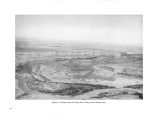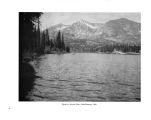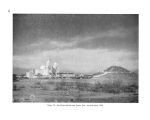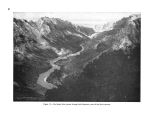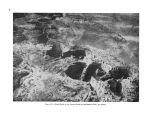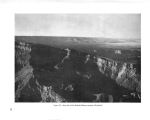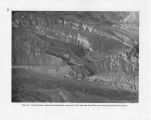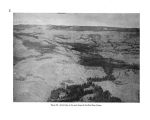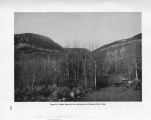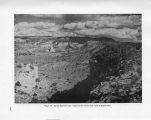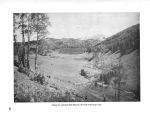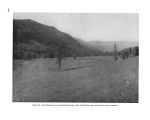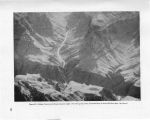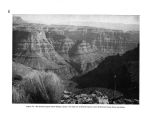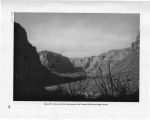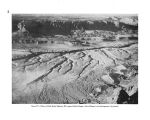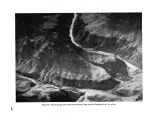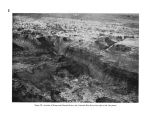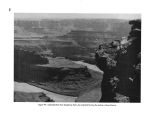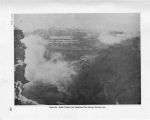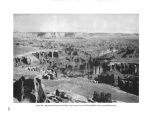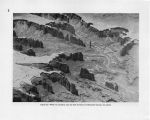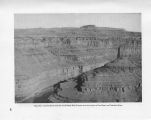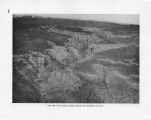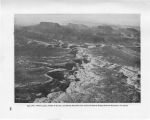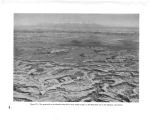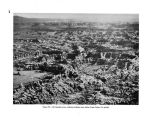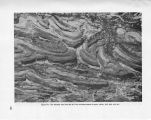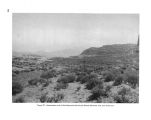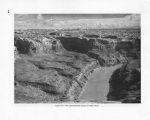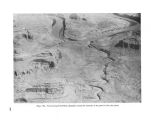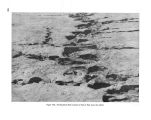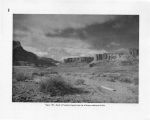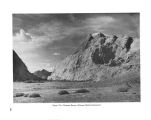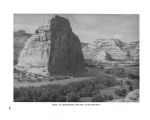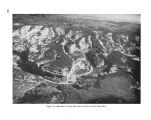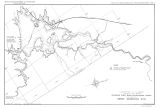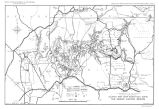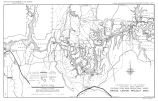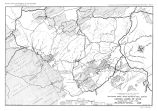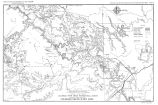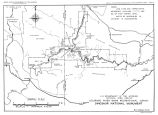| OCR Text |
Show to points of unusual interest and significance, especially in the higher, forest- covered ranges. Geological features of interest are apparent in many parts of this vast area. The semiarid climate causes most outcrops to remain fresh and the vegetative cover to be reduced to a minimum. Thus, complexities of structure and details of rock character are readily observable. Under such conditions it is natural that a large number of persons residing within the region should take a lively interest in geology. One of the principal needs in this connection is the availability of authentic information concerning features of interest. In any program of recreational development careful consideration should be given to ways and means of presenting such information. NEVADA 1. Hidden Forest in Clark County is a scenic area of virgin timber in a desert region. Approximately 5,760 acres would be suitable for a State park, providing opportunities for sports, camping, and picnicking, as well as relief from the desert heat. 2. Gypsum Cave, about 16 miles east of Las Vegas, Nev., is a large cavern in limestone, about 300 feet long and 120 feet wide, containing cultural material associated with bones of the ground sloth and other extinct fauna underneath Basket- maker and later remains. An antiquity of more than 5,000 years has been calculated on the basis of remains of the " sloth people." CALIFORNIA 1. Palm Canyon, 7 miles south of Palm Springs, Calif., has been authorized for addition to the National Park System as a national monument when the necessary lands are made available. Here the native Washington- palms are found in abundance over the length of the 14- mile- long canyon. At the upper end of the canyon, a mile and a half beyond the limits of the palms, a 60- foot waterfall starts a crystal clear stream on its way between the rugged white caliche canyon walls. An excellent horse trail follows the east wall, providing views of the many palm groves with their associated desert plant forms. 2. Giant pictographs, works of early inhabitants, are found throughout the lower basin of the Colorado River and adjacent desert areas. Relief designs were made by raking or stacking gravel in lines or piles, and intaglio designs by taking out sections of the black surface cobbles which exposed the light- colored subsurface. The oldest ones may have been produced by prolonged stamping of feet on the gravel surface, after it had been made soft by heavy rains. The figures represent geometric patterns and life forms. Those of the latter type are of the freshest appearance, probably of Yuman origin. RECREATION CENTERS The recommendation made for the Canyon Lands of southeastern Utah- that facilities for the accommodation of travelers and vacationists be concentrated in or near existing towns and villages so that the great areas of open country can remain free of scattered reminders of town life- has general application to the entire basin. Such action would help to maintain conditions which attracted the people now living in the basin and will attract people more and more from the sections of the United States where little undeveloped or uncultivated lands remain. It would also help to maintain and stimulate the economic life of existing communities. Many of the towns are now focal points for recreational use of the surrounding country. Some of the outstanding one are: COLORADO 1. Steamboat Springs, in the north central part of the State, is a gathering place for the many visitors to the medicinal springs and pools about the town and to the trout streams and lakes in the vicinity. Skiing is an important attraction in this region. A winter carnival is an annual event in this community. 2. Glenwood Springs, in northwest Colorado, has an immense hot mineral water outdoor swimming pool and an extensive ski course development. The scenic wooded mountains in the region abound in fishing streams and hunting areas. 3. Gunnison, in west central Colorado, provides 212 |




























